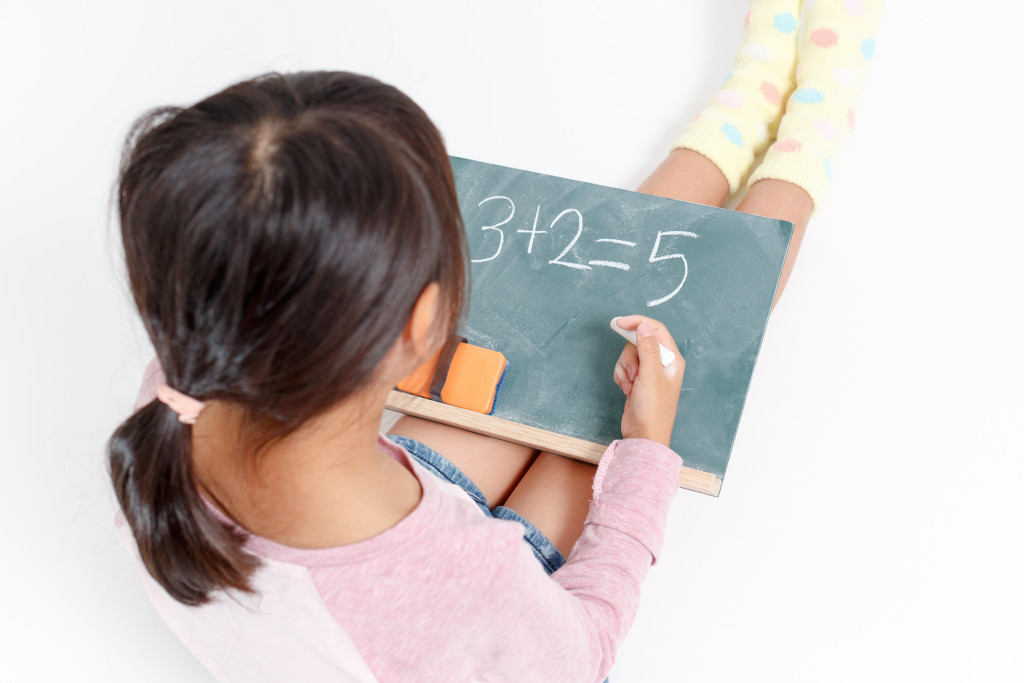• Learning disorders can significantly impact a child’s life, and understanding them is the key to helping them succeed.
• Common signs of learning disorders include difficulty paying attention, trouble following instructions, and more.
• Dyslexia, dyscalculia, and visual processing disorder are some common learning disorders.
• Learning disorders can cause children to become frustrated and embarrassed, which may lead to self-esteem issues later in life.
• Prevention and handling of learning disorders include communication, early intervention, and treatment resources and strategies.
Learning disorders can be challenging to understand and diagnose. They affect how children take in, process, and interpret information, which can cause problems with learning, behavior, and communication. Learning disorders can significantly impact your child’s life, but understanding them is the key to helping your child succeed. Here’s a closer look at the effects of learning disorders so you can better understand how they may impact your child.
Signs and Symptoms of Learning Disorders
Every child learns differently, so it’s important to know what signs to look for when evaluating whether or not your child has a learning disorder. Some common symptoms include difficulty paying attention, trouble following instructions, confusion when listening or speaking, and difficulty with reading comprehension or writing skills. If your child displays any of these symptoms in school or at home for an extended period—or if you feel that something isn’t quite right—you should speak to your pediatrician about further testing.
Common Learning Disorders
There are various learning disorders you need to know about. Here are some of them:
Dyslexia
Dyslexia is a developmental disorder that affects an individual’s ability to process language-based information. It primarily affects reading skills but can also impact writing, spelling, and language development.
Dyslexia is usually diagnosed by psychologists using a variety of methods, including intelligence tests, auditory testing, and visual testing. Common warning signs include difficulty with reading comprehension, slow or inaccurate reading speed, difficulty spelling words correctly, and reversing letters when writing or reading comments.

Dyscalculia
Dyscalculia is a specific learning disability that affects an individual’s ability to understand numbers and mathematical concepts.
The symptoms vary from person to person, but some common symptoms include difficulty understanding numerical relationships; confusion between left/right directions; difficulty following multiple-step directions; problems with counting backward; and difficulty telling time. Psychologists diagnose dyscalculia through cognitive tests, educational assessments, and behavioral observation.
Visual Processing Disorder
Visual processing disorder is a specific learning disability affecting an individual’s visual information processing ability. Common symptoms include difficulty with reading or writing; confusion when trying to remember or complete tasks; difficulty following directions; and problems with depth perception, spatial relationships, and eye-hand coordination.
Psychologists typically diagnose visual processing disorders through a series of tests. Usually, they recommend a specific visual processing disorder treatment to your child, depending on their needs. The treatment is generally centered on helping your child strengthen their visual processing skills and improve their overall performance in school.
The Impact on Your Child’s Life
Learning disorders can make it difficult for children to keep up in school and even lead to behavioral issues because they are trying to compensate for their difficulties in understanding certain concepts or tasks.
As a result, children may become frustrated or embarrassed, which could lead to self-esteem issues later in life. Additionally, untreated learning disabilities can cause long-term academic issues such as poor grades and decreased odds of graduation from high school. Therefore, early intervention is vital as it will help increase the chances of success in school while teaching coping mechanisms that will serve your child well into adulthood.

Prevention and Handling Learning Disorders
You need to do a few things if you think your child may have a learning disorder.
Communication
You must communicate openly with your child’s teacher, school counselors, and other professionals who can help you identify potential learning challenges.
Early Intervention
If you suspect a learning disorder, it is vital to take action quickly and seek a professional assessment from an educational specialist or psychologist. This will help ensure that your child receives the necessary support and treatment to help them succeed.
Treatment, Resources, and Strategies
Once a learning disorder has been diagnosed, several treatment options are available to help your child manage their symptoms. Treatment can include specialized educational programs, appropriate accommodations at school, and more.
Your child’s doctor may also recommend specific strategies or resources to help them succeed in school. For example, they might suggest specialized tutoring services or assistive technology such as speech-to-text programs.
By understanding the causes and effects of learning disorders in children, you can better support your child and ensure they have the best chance of succeeding. With the right help, a child with a learning disorder can grow and flourish like any other child.